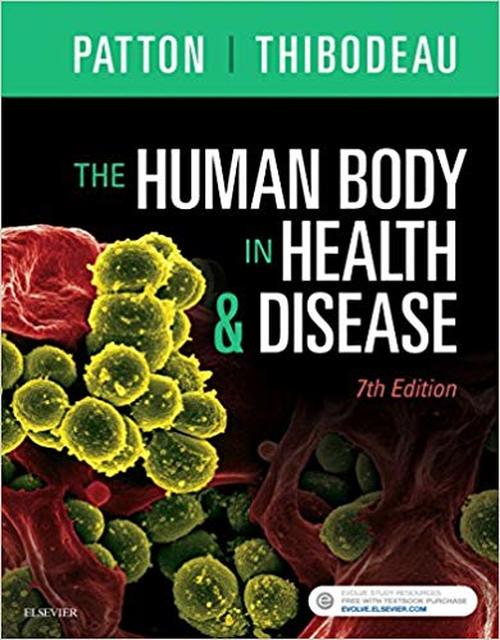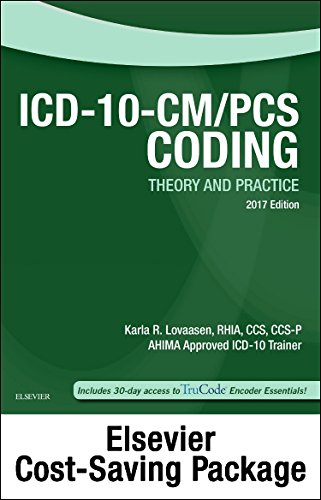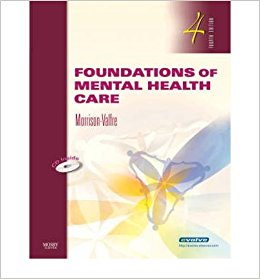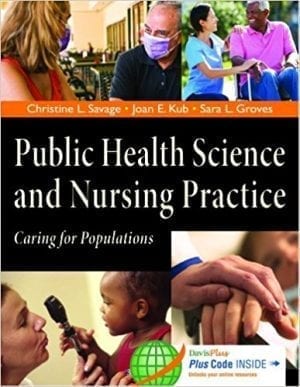Test Bank for The Human Body in Health and Disease 7th Edition by Patton
MULTIPLE CHOICE
1. Which word is derived from the Greek word meaning “cutting up”?
| a. | Dissection |
| b. | Physiology |
| c. | Pathology |
| d. | Anatomy |
ANS: D PTS: 1 DIF: Memorization
REF: P. 3 TOP: Introduction
2. Which word is defined as the study of the function of living organisms and their parts?
| a. | Dissection |
| b. | Physiology |
| c. | Pathology |
| d. | Anatomy |
ANS: B PTS: 1 DIF: Memorization
REF: p. 3 TOP: Introduction
3. Which word is defined as the scientific study of disease?
| a. | Dissection |
| b. | Physiology |
| c. | Pathology |
| d. | Anatomy |
ANS: C PTS: 1 DIF: Memorization
REF: P. 3 TOP: Introduction
4. Cells
| a. | are more complex than tissues. |
| b. | are the first level of organization in the body. |
| c. | are the smallest living units of structure and function in the body. |
| d. | both B and C. |
ANS: C PTS: 1 DIF: Application REF: p. 6
TOP: Structural levels of organization
5. A group of cells that act together to perform a function is called a(n)
| a. | molecule. |
| b. | organ. |
| c. | tissue. |
| d. | organism. |
ANS: C PTS: 1 DIF: Memorization
REF: p. 6 TOP: Structural levels of organization
6. The heart is an example of a(n)
| a. | organ. |
| b. | tissue. |
| c. | organism. |
| d. | system. |
ANS: A PTS: 1 DIF: Application REF: p. 6
TOP: Structural levels of organization
7. The levels of organization from most simple to most complex are
| a. | cell chemical organ tissue system. |
| b. | tissue cell chemical organ system. |
| c. | chemical tissue cell organ system. |
| d. | chemical cell tissue organ system. |
ANS: D PTS: 1 DIF: Memorization
REF: p. 5 TOP: Structural levels of organization
8. When using directional terms to describe the body, it is assumed that the body is in what position?
| a. | Supine |
| b. | Anatomical |
| c. | Lateral |
| d. | Prone |
ANS: B PTS: 1 DIF: Memorization
REF: p. 7 TOP: Anatomical position
9. The supine position
| a. | describes the body lying face up. |
| b. | is also called anatomical position. |
| c. | describes the body lying face down. |
| d. | both A and B. |
ANS: A PTS: 1 DIF: Memorization
REF: p. 7 TOP: Anatomical position
10. The prone position
| a. | describes the body lying face up. |
| b. | is also called the anatomical position. |
| c. | describes the body lying face down. |
| d. | both B and C. |
ANS: C PTS: 1 DIF: Memorization
REF: p. 7 TOP: Anatomical position
11. Because humans walk upright, the term dorsal can be used in place of the term
| a. | inferior. |
| b. | posterior. |
| c. | anterior. |
| d. | distal. |
ANS: B PTS: 1 DIF: Memorization
REF: p. 7 TOP: Anatomical direction
12. The opposite term for posterior in humans is
| a. | superior. |
| b. | anterior. |
| c. | ventral. |
| d. | both B and C. |
ANS: D PTS: 1 DIF: Application REF: p. 7
TOP: Anatomical direction
13. The opposite term for superficial is
| a. | deep. |
| b. | inferior. |
| c. | posterior. |
| d. | medial. |
ANS: A PTS: 1 DIF: Memorization
REF: p. 7 TOP: Anatomical direction
14. The body section that divides the right ear from the left ear is a _____ section.
| a. | frontal |
| b. | sagittal |
| c. | coronal |
| d. | transverse |
ANS: B PTS: 1 DIF: Application REF: p. 9
TOP: Planes or body sections
15. The body section that divides the nose from the back of the head is a _____ section.
| a. | frontal |
| b. | sagittal |
| c. | midsagittal |
| d. | transverse |
ANS: A PTS: 1 DIF: Application REF: p. 9
TOP: Planes or body sections
16. A section that divides the body into mirror images is a _____ section.
| a. | frontal |
| b. | coronal |
| c. | midsagittal |
| d. | transverse |
ANS: C PTS: 1 DIF: Application REF: p. 9
TOP: Planes or body sections
17. The two major body cavities are called
| a. | thoracic and abdominal. |
| b. | thoracic and pelvic. |
| c. | dorsal and ventral. |
| d. | mediastinum and pleural. |
ANS: C PTS: 1 DIF: Memorization
REF: p. 9 TOP: Body cavities
18. The liver can be found in the
| a. | upper right quadrant. |
| b. | epigastric region. |
| c. | hypogastric region. |
| d. | both A and B. |
ANS: D PTS: 1 DIF: Application REF: p. 10
TOP: Body cavities
19. The word “leg” correctly describes the
| a. | area from the hip to the foot. |
| b. | area from the knee to the ankle. |
| c. | area between the hip and the knee. |
| d. | femoral area. |
ANS: B PTS: 1 DIF: Memorization
REF: p. 13 TOP: Body regions
20. The human body tries to maintain a constant body temperature. This is an example of
| a. | homeostasis. |
| b. | a positive feedback loop. |
| c. | an effector. |
| d. | a sensor. |
ANS: A PTS: 1 DIF: Application REF: p. 14
TOP: The balance of body functions
21. The part of a feedback loop that has the direct effect on the regulated condition is called
| a. | homeostasis. |
| b. | the effector. |
| c. | the sensor. |
| d. | the control center. |
ANS: B PTS: 1 DIF: Memorization
REF: p. 14 TOP: The balance of body functions
22. The part of the feedback loop that detects a change in the regulated condition is called
| a. | homeostasis. |
| b. | the effector. |
| c. | the sensor. |
| d. | the control center. |
ANS: C PTS: 1 DIF: Memorization
REF: p. 14 TOP: The balance of body functions
23. The part of the feedback loop that compares the present condition within a body part or region to its homeostatic condition is called
| a. | homeostasis. |
| b. | the effector. |
| c. | the sensor. |
| d. | the control center. |
ANS: D PTS: 1 DIF: Memorization
REF: p. 14 TOP: The balance of body functions
24. When your body temperature drops below normal, your muscles begin to contract rapidly, making you shiver and generating heat. In this case your muscles are acting as the
| a. | sensor. |
| b. | effector. |
| c. | control center. |
| d. | both A and C. |
ANS: B PTS: 1 DIF: Synthesis REF: p. 14
TOP: The balance of body functions
25. Which of the following body functions is an example of a positive feedback loop?
| a. | Maintaining a pH of 7.45 in the body |
| b. | Forming a blood clot |
| c. | Uterine contractions during labor |
| d. | Both B and C |
ANS: D PTS: 1 DIF: Application REF: pp. 15-16
TOP: The balance of body functions
26. The level of organization that precedes the organ level is the _____ level.
| a. | system |
| b. | cellular |
| c. | tissue |
| d. | chemical |
ANS: C PTS: 1 DIF: Memorization
REF: p. 5 TOP: Structural levels of organization
27. Which of these terms cannot be applied to a body in the anatomical position?
| a. | Dorsal |
| b. | Posterior |
| c. | Supine |
| d. | Both A and B |
ANS: C PTS: 1 DIF: Memorization
REF: p. 7 TOP: Anatomical position
28. Which term means toward the head?
| a. | Anterior |
| b. | Superior |
| c. | Superficial |
| d. | Ventral |
ANS: B PTS: 1 DIF: Memorization
REF: p. 7 TOP: Anatomical direction
29. Which describes the anatomical relationship of the wrist to the elbow?
| a. | The elbow is proximal to the wrist. |
| b. | The elbow is distal to the wrist. |
| c. | The elbow is superficial to the wrist. |
| d. | The elbow is lateral to the wrist. |
ANS: A PTS: 1 DIF: Application REF: p. 7











